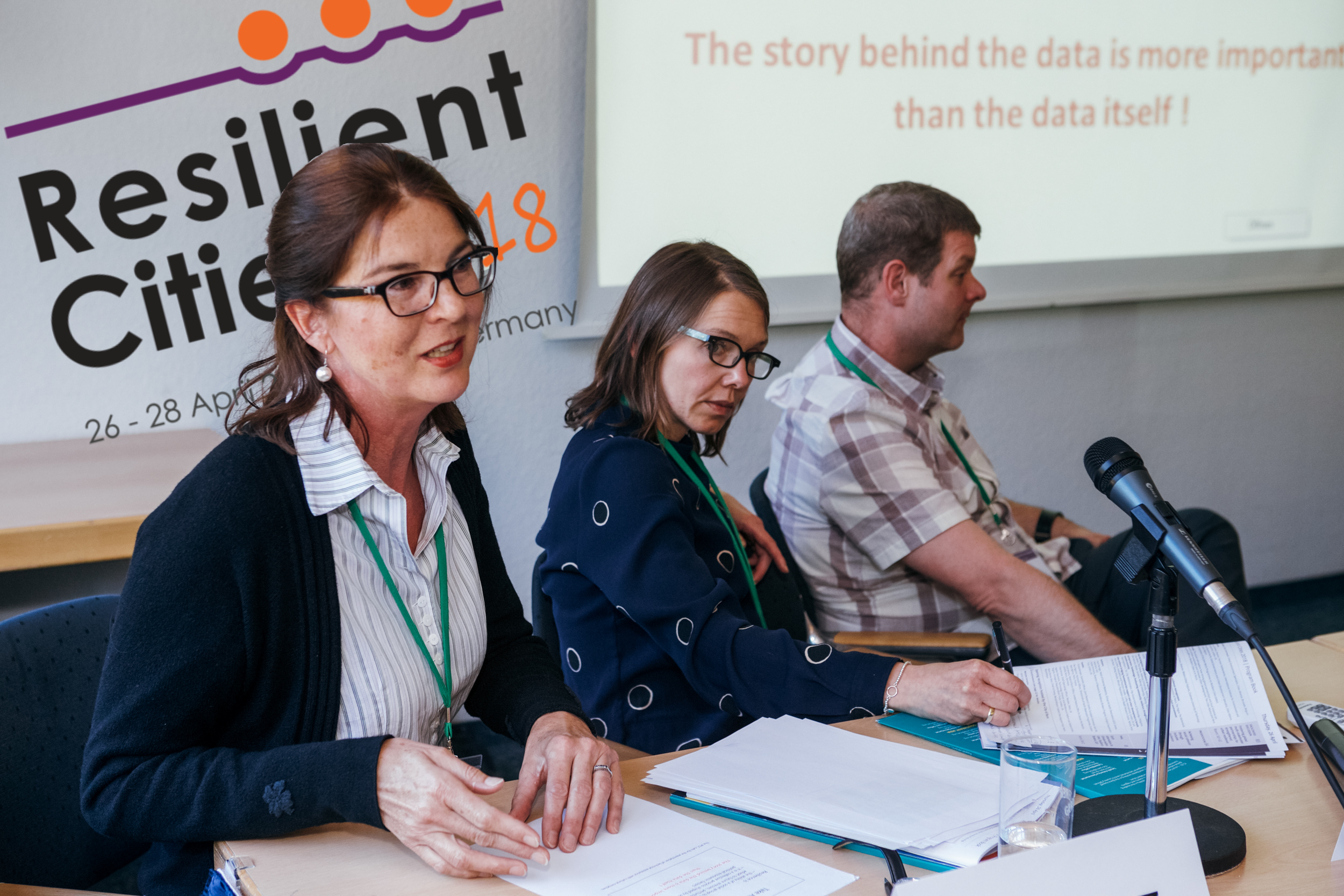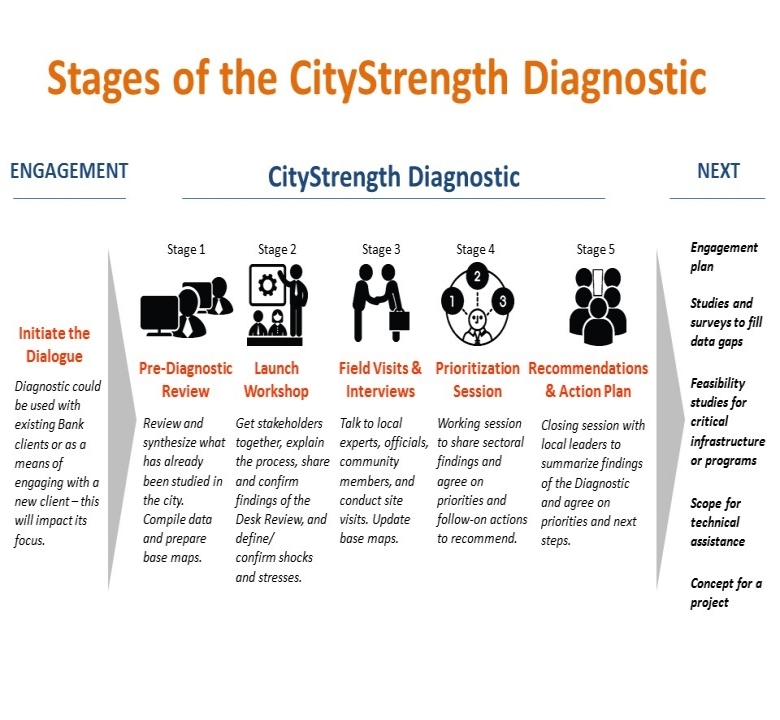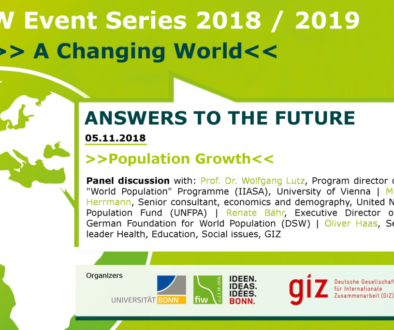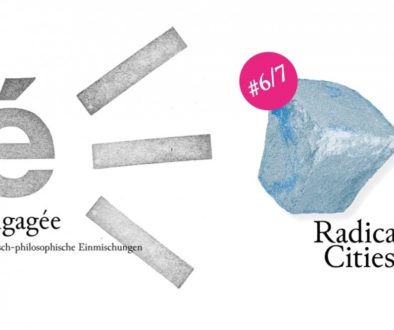Assessing Urban Risk and Vulnerability and Prioritizing Action
Resilient Cities 2018 – ICLEI Global
Assessing Urban Risk and Vulnerability and Prioritizing Action

Assessing Urban Risk and Vulnerability and Prioritizing Action is published as part of the Resilient Cities 2018 – The Global Forum on Urban Resilience series and takes us from prioritization of actions and investments in policy decisions in Can Tho (Vietnam), Addis Ababa (Ethopia), and Turku (Finland), and large-scale spatial modelling of flooding hotspots in Kaohsiung City’s coastal urban areas to in-field considerations about wider ramifications of on-site implementations in Greater Manchester (England), and decoding the cultural perspective of risk assessment and resilience building initiatives in Nijmegen (The Netherlands); with Stephan Zimmerman (The World Bank), Po-Lin Chen (National Cheng Kung University), Risto Veivo (City of Turku, Finland), Angela Connelly (The University of Manchester), Matt Ellis (Greater Manchester Combined Authority) and Grit Martinez (Ecologic Institute).
Urban resilience, defined as ‘the ability of institutions, infrastructure, ecosystems and knowledge networks to evolve and adapt in the face of shocks and stresses‘, already implies the required involvement of a multitude and variety of stakeholders from various fields and institutions in its generation and maintenance. To appraise all socio-economic and environmental risks and opportunities in relation to resilience that come forth out of decision-making, political, public and private, i.e. in implementation and action taking, decisions need to be made cooperatively, per case to a greater or lesser extent. To design actually feasible and effective measures, also means setting up the development and implementation environment in such a way that it accommodates the motives, needs and desires of the individual humans involved in the process. If a decision is not accepted, passed on or implemented by someone along the line, it will have no effect at all.
Multi-Stakeholder Engagement for a Holistic Priority Action and Investment Framework
CityStrength Diagnositc is an internal World Bank tool to identify risk and action areas, and provide guidance for working with city-level counterparts and facilitate the dialogue between stakeholders and governmental staff about risks, opportunities and the performance of urban systems. It piloted so far in two sites: Can Tho, Vietnam and Addis Ababa, Ethiopia.

During a five-stage process (see figure 1), based on already available data and information on city’s resilience activities and qualities, verified during a World Bank led facilitative workshop and enriched by qualitative locally-sourced data collected during interviews with and site visits at different city departments, city’s urban resilience is assessed, and risk, action and investment that meet local demand and objectives areas identified. Applying a holistic, cross-sectoral view, CityStrength Diagnostic allows for identifying immediate threats, dependencies and interdependencies within urban services and systems and critical gaps or areas of weakness that could subsequently lead to systemic failure and collapse of resilience. During debriefing, recommendations of the Bank team are discussed with local stakeholders and city leadership and priorities and next steps determined. A description of the process and recommendations is captured in a publication and can be used by the city for internal purposes or as a tool to seek technical or financial support from development partners, including World Bank itself.

(Fig. 1 – CityStrength Diagnositc five-stage process)
Due to close interaction between the multi-sectoral Bank specialists team and a broad set of stakeholders, including local leadership, throughout the whole CityStrength Diagnostic process, feasibility and suitability of ultimately agreed on actionable steps with requirements from both sides is increased, the local and fund-seeking site, as well as the external, partnering funding site.
Flood Risk Hotspots and Land Use Change
Another example is from Kaohsiung City, Taiwan where Dynamic Interactive Vulnerability Assessment, DIVA, a large scale modeling tool, is used to understand the spatial distribution of flood risk hotspots in coastal urban areas and project them on a model of future land use change, to simulate impact of flood risk. By comparing current trends with an alternative scenario, under changed land use projections, adaptation potential to reduce future loss and recovery costs can be uncovered. This dynamic land use change simulation can serve as a supreme guiding principle for land use policies and disaster-oriented land use and management programs, and direct cities’ urban development towards a more resilient future.
Matching Cities’ Capacities with Context-specific Holistic Mitigation and Adaptation Strategies
Turku, Finland identified combining mitigation and adaptation measures as the right means in their pursuit of becoming the first carbon-neutral city by 2029. The European SECAP-model guides their planning and implementation of climate change adaptation policies and measures. During the 4-fold SECAP process context specific risks, their current and expected future level threatening the city, as well as vulnerabilities and adaptation potential, including the city’s socio-economic and environmental capacities, are captured in a co-creational and participatory process. In this way a holistic picture of the current state of climate-related risks and vulnerabilities and the city’s adaptation potential is created.
Zooming Down and Out
To safeguard future prosperity, protect the most vulnerable in society and enhance resilience of essential infrastructures, Greater Manchester utilizes a three-step deductive risk assessment approach:
- starting with a high-level, non-spatial risk assessment to identify the most probable hazards and the highest risk infrastructure (e.g. flood risk and Greater Manchester’s Key Route Network);
- applying findings on a particular place or infrastructure to map out the spatial pattern of risk x on infrastructure y;
- determine a potential adaptation pathway approach that reconciles site-specific best-fit measures with implications for wider plans and overarching objectives (e.g. reallocation of resources from operational maintenance to risk reducing and resilience building measures).
Allowing everyone to “start well, live well and age well”, not only in Greater Manchester, as those are the three key ambitions of the metropolitan county, requires joined-up ambitions and a wider-city and stakeholder conversation on wider ramifications of individual’s actions and their responsibilities, since risks are born [/caused] and borne, too, by not one entity alone.
The Human Factor in Risk Assessment and Effective Policy Development
Within the INNOVA project, climate and risk management strategies are co-developed by relevant stakeholders in a real-world hub and a real-world setting to sufficiently account for the human factor, which is susceptible to cultural, socio-political, and cognitive factors in its decision-making, and to come up with real-world implementable and successful solutions. INNOVA’s Risk Frame can be used to account in the best way possible for biophysical, socio-cultural-political and economic drivers to allow for the development of regional conditions-fitting, local cultural resilient and effective risk assessments and policy development processes.
The story behind the data is more important than the data itself.
– Grit Martinez, Senior Fellow, Ecologic Institute, Berlin, Germany
![]()
All images used in this post and all other posts within the Resilient Cities 2018 – The Global Forum on Urban Resilience series are property of ICLEI.



